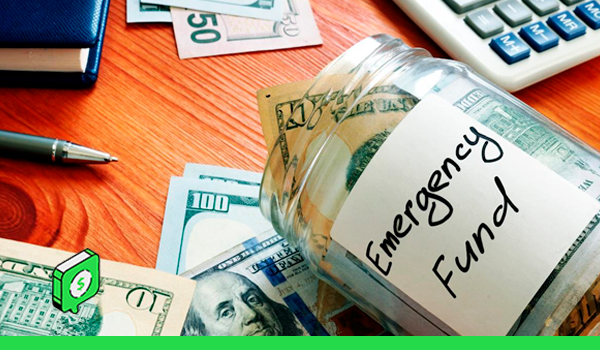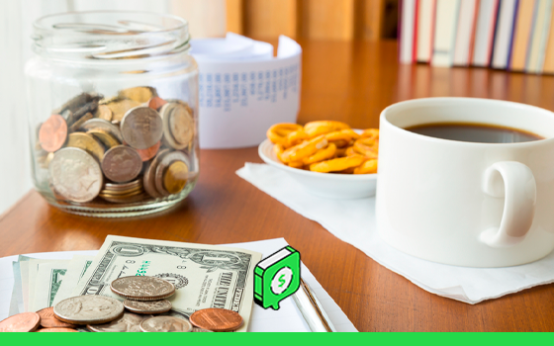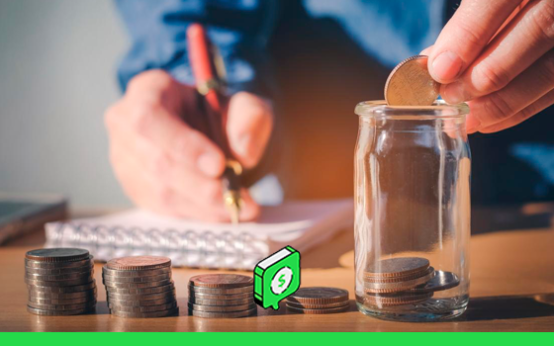Why Old-School Savings Advice Feels Outdated
The classic “save 3 to 6 months of expenses” rule was built for a more stable era. But with rising costs, evolving job structures, and rapid shifts in industries, that one-size-fits-all formula no longer fits most people’s reality. Whether you’re freelancing, running a business, or sharing bills in a dual-income setup, your backup fund should reflect your lifestyle, obligations, and risk—not outdated benchmarks.
Emergencies Today Look Very Different
Unexpected costs aren’t limited to hospital bills or layoffs anymore. From losing access to work tools to needing a quick relocation, modern life presents a wider range of emergencies that require immediate financial flexibility. More people are now preparing for events like:
• Family or dependent care needs
• Sudden moves due to safety or mental health
• Legal issues, tax surprises, or housing changes
• Broken tech or equipment critical to earning income
Your savings should be designed to meet your reality—not just traditional emergencies.
How Much Should You Really Save?
Ditch generic targets. Instead, start with your actual monthly essentials—rent, utilities, debt, and insurance—and build from there. Think in layers:
• Tier 1: $1,000 for urgent, everyday surprises
• Tier 2: 1–2 months of expenses for minor disruptions
• Tier 3: 4–6 months for bigger life events or major income loss
Your “right number” depends on your recovery timeline—how long would it take you to get back on track?
Where to Keep It Safe—And Growing
Letting your emergency fund sit in a basic checking account can mean losing value over time. But risky assets like crypto or stocks aren’t safe bets for emergencies. Smarter options include:
• High-yield online savings accounts
• Money market funds with low volatility
• Short-term certificates of deposit (CDs) if liquidity isn’t urgent
The goal is liquidity with stability—not chasing returns.
Make Saving Effortless and Automatic
Treat your emergency fund like any other non-negotiable expense. Automate small deposits weekly—even $20 adds up fast. Many apps can round up daily purchases or use micro-saving challenges to grow your reserve in the background. What matters most is steady progress, not perfection.
Peace of Mind Is the Real ROI
An emergency stash isn’t just financial—it’s psychological. It brings calm in chaos and confidence in uncertainty. Even if you’re starting from zero, every bit saved is a move toward control. And in a fast-changing world, that kind of security is priceless.


 How Tiny Financial Habits Lead to Massive Wealth Over Time <p class='sec-title' style='line-height: normal; font-weight: normal;font-size: 16px !important; text-align: left;margin-top: 8px;margin-bottom: 0px !important;'>You don’t need big wins to build a strong financial future—just small, steady actions that compound.</p>
How Tiny Financial Habits Lead to Massive Wealth Over Time <p class='sec-title' style='line-height: normal; font-weight: normal;font-size: 16px !important; text-align: left;margin-top: 8px;margin-bottom: 0px !important;'>You don’t need big wins to build a strong financial future—just small, steady actions that compound.</p>  Turn Saving Into a Non-Negotiable: Treat It Like a Monthly Bill <p class='sec-title' style='line-height: normal; font-weight: normal;font-size: 16px !important; text-align: left;margin-top: 8px;margin-bottom: 0px !important;'>Building a solid financial future starts by treating your savings with the same urgency as rent or utilities.</p>
Turn Saving Into a Non-Negotiable: Treat It Like a Monthly Bill <p class='sec-title' style='line-height: normal; font-weight: normal;font-size: 16px !important; text-align: left;margin-top: 8px;margin-bottom: 0px !important;'>Building a solid financial future starts by treating your savings with the same urgency as rent or utilities.</p>  Mind Over Money: How Feelings Drive Your Financial Habits <p class='sec-title' style='line-height: normal; font-weight: normal;font-size: 16px !important; text-align: left;margin-top: 8px;margin-bottom: 0px !important;'>To take control of your finances, you must first unpack the emotions influencing every choice you make.</p>
Mind Over Money: How Feelings Drive Your Financial Habits <p class='sec-title' style='line-height: normal; font-weight: normal;font-size: 16px !important; text-align: left;margin-top: 8px;margin-bottom: 0px !important;'>To take control of your finances, you must first unpack the emotions influencing every choice you make.</p>